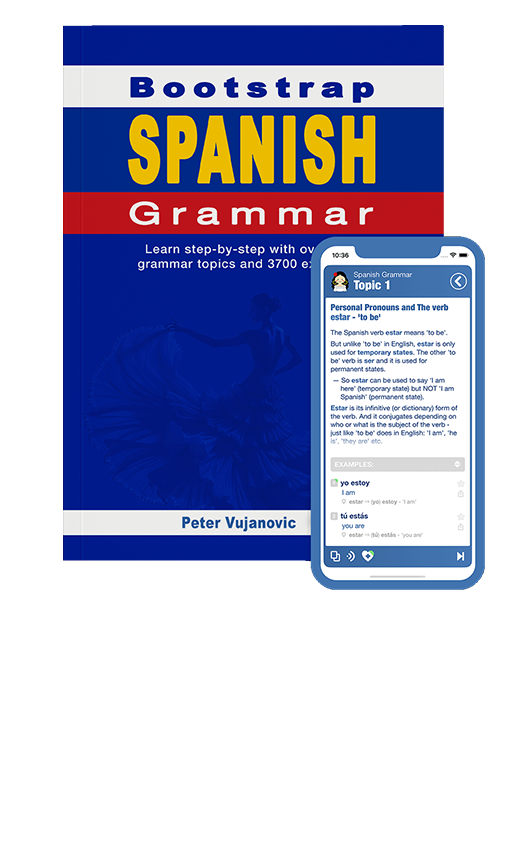Spanish grammar - Generic use of the definite articles |
|||
|
|||
In Spanish, the definite articles el, la, los, and las are used when making generalizations about all members of a category or class of objects or concepts. This usage is different from English, where articles are often omitted when making general statements about a category. |
| Examples: | |
|
El café es delicioso.
Coffee is delicious.
|
|
|
La fruta es saludable.
Fruit is healthy.
|
|
|
Los libros son interesantes.
Books are interesting. |
|
|
Las matemáticas son difíciles.
Mathematics are difficult.
|
|
|
El vino tinto es bueno para el corazón.
Red wine is good for the heart.
|
|
|
La leche es buena para los huesos.
Milk is good for the bones.
|
|
|
Los perros son leales.
Dogs are loyal.
|
|
|
El azúcar es dulce.
Sugar is sweet.
|
|
|
Los gatos son independientes.
Cats are independent.
|
|
|
El queso manchego es famoso.
Manchego cheese is famous.
|
|
|
Las estrellas son visibles de noche.
Stars are visible at night.
|
|
|
El café con leche tiene leche y café.
Café con leche has milk and coffee.
|
|
|
La comida mexicana es picante.
Mexican food is spicy.
|
|
 |
|



